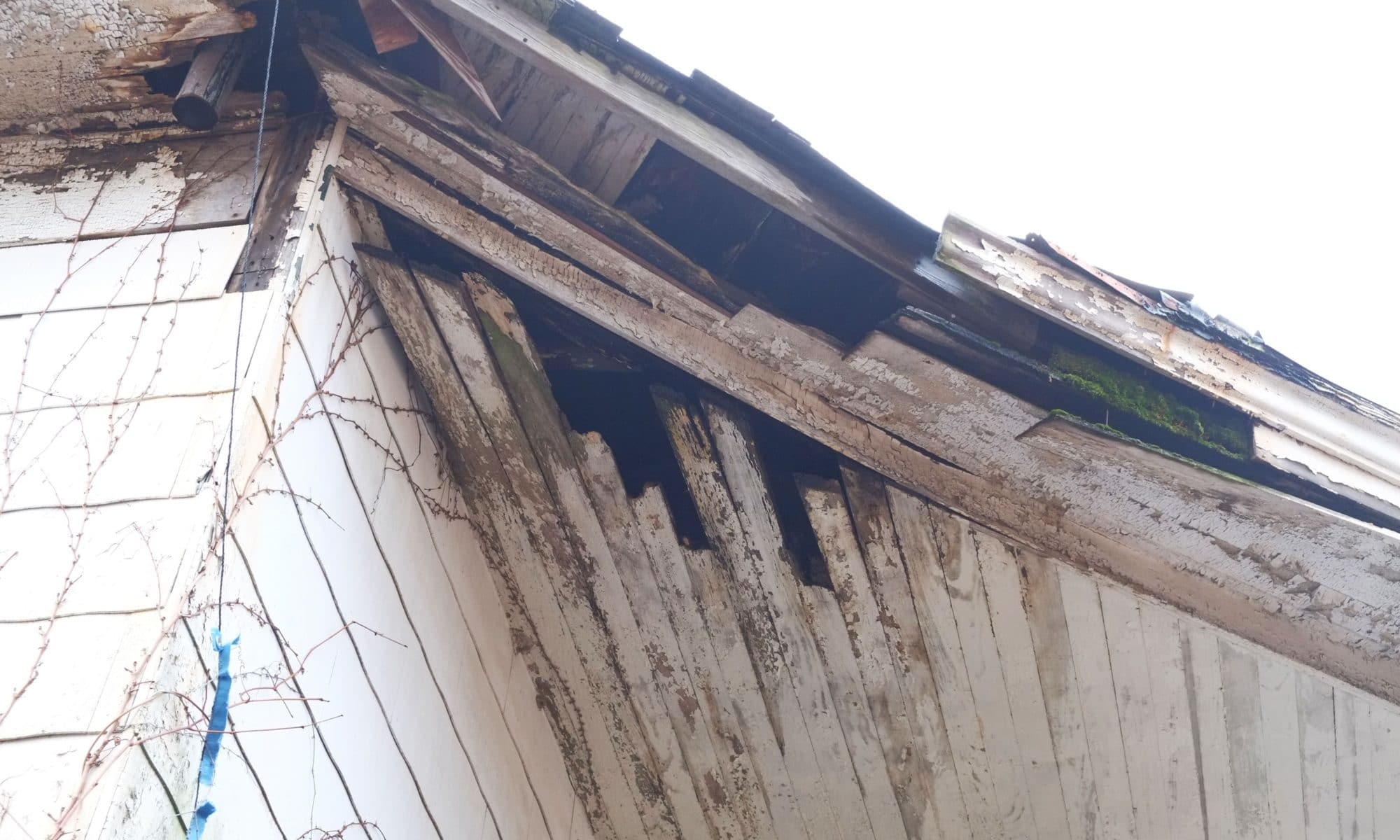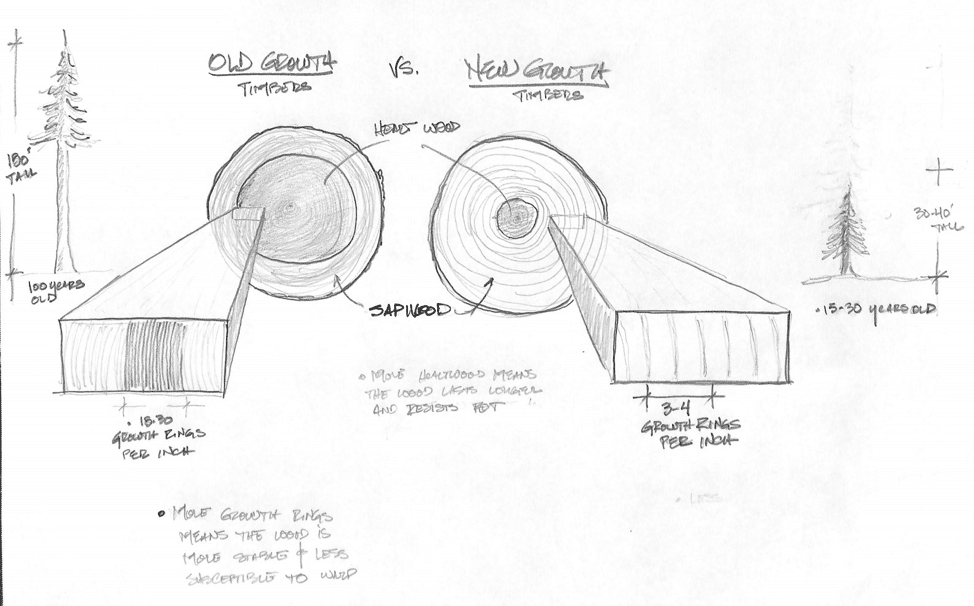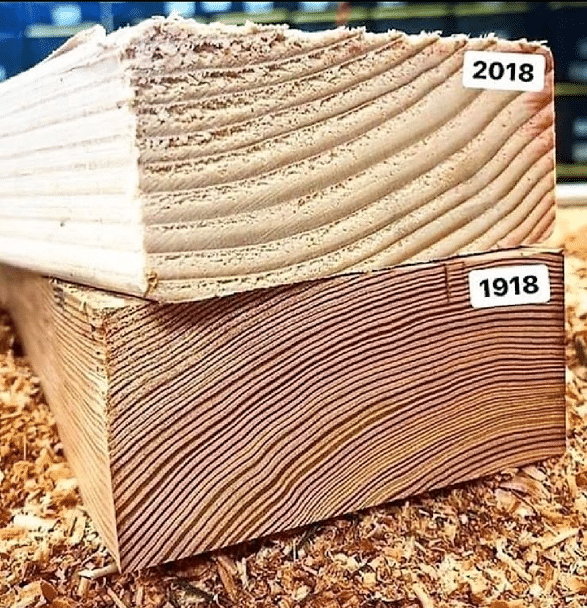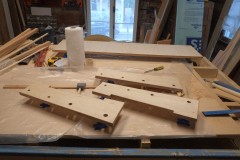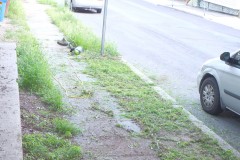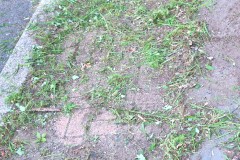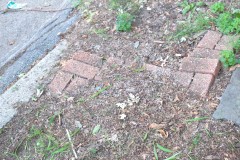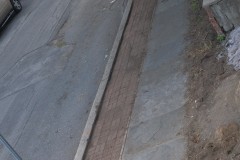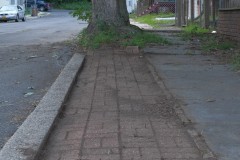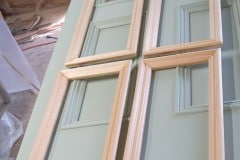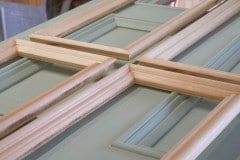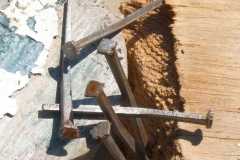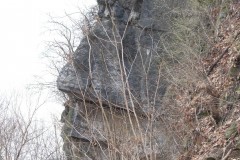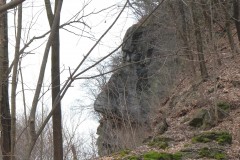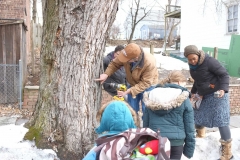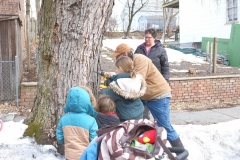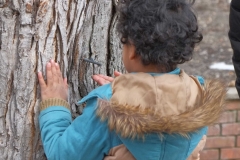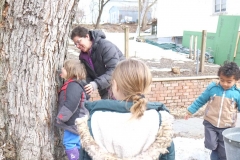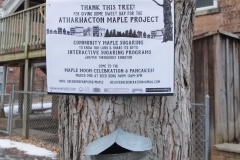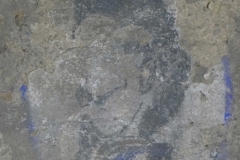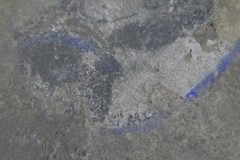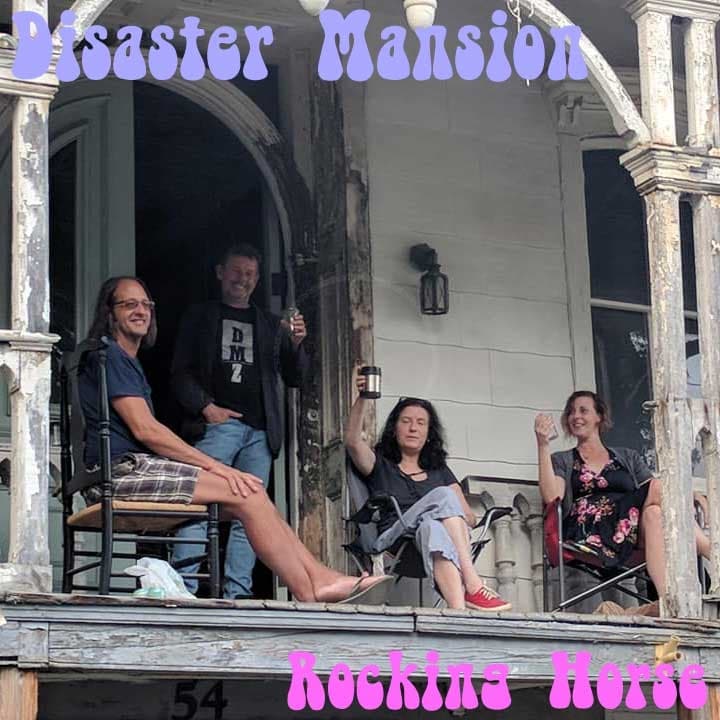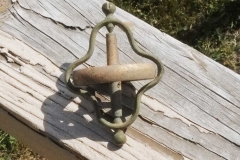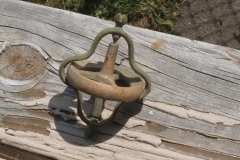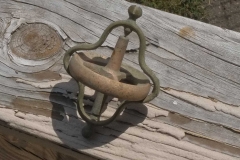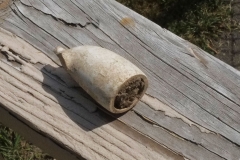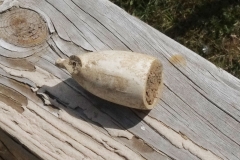Whatever …
From the Hudson Valley One
Kingston’s Wilbur and Ponckhockie neighborhoods rise out of obscurity
Kingston’s Wilbur and Ponckhockie neighborhoods have long been overlooked. Insufficient attention has been paid to how improvement and investment could enhance the architectural richness and historic heritage of these Rondout Creek communities.
No more. The City of Kingston has just released a draft architectural and archaeological sensitivity report that surveys each neighborhood’s buildings to determine their suitability for designation in historic districts or as individual landmarks.
The report’s public release in late June marked a first step in getting segments of the two neighborhoods or individual buildings on the National and New York State Registers of Historic Places. Residents have had an opportunity to learn about the initiative this month.
•
•
•The survey of 246 properties in the Ponckhockie neighborhood revealed an abundance of valuable historic structures, for possible individual listing on the National Register or as contributing properties within a potential historic district. Ponckhockie has a potential historic district of 184 contributing properties, built from circa 1856 to circa 1940. Twenty-one of the 184 may be eligible for individual listing on the National Register. The neighborhood has a high concentration of notable examples of Italianate buildings and early vernacular interpretations of the Federal style, plus a lesser number of examples of Queen Anne, Gothic Revival, and Second Empire styles.
•
•
•Potential candidates for a historic district include 1 Ponckhockie Street (c. 1870), which the survey calls “the finest and largest brick example of an Italianate house” in Ponckhockie; 9 Grove Street (c. 1880), one of the few high-style Queen Anne houses in the neighborhood and one of two executed in brick; and 54 Gill Street (c. 1869), the former home of David Gill Sr., for whom the street is named and possibly the largest wooden Italianate house in Ponckhockie. Rhoads wrote in his Kingston architectural guide that the owner of 54 Gill accomplished “a virtuoso performance with Italianate paired brackets supporting the projecting eaves ….” Its rehabilitation is being documented online at the Disaster Mansion website.
Not sure what this will mean to us and big shame that we missed the public meeting. Hopefully they will have recorded it.
Personally I think the only reason that Kingston politicians are interested in Wilbur and Ponckhockie is pure financial. These areas have been around for centuries and it seems a coincidence that now Kingston is deemed desirable that these areas are gaining interest.
If any historical branch starts telling us what to do they can shove it up their a#@s. We’re doing the best we can do to restore this grand old house and we need help not barriers or regulation.
